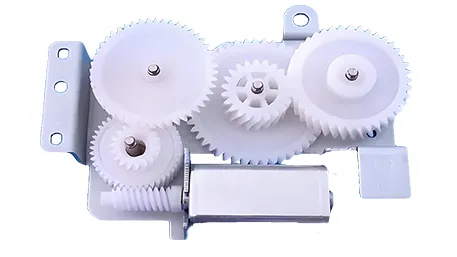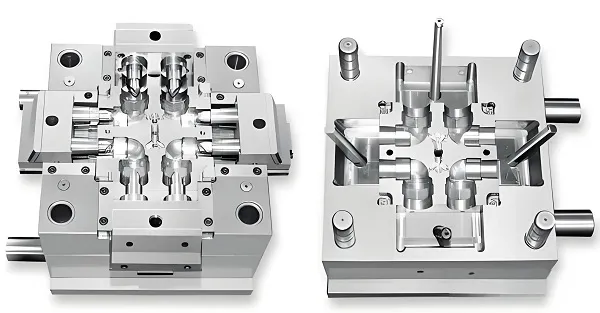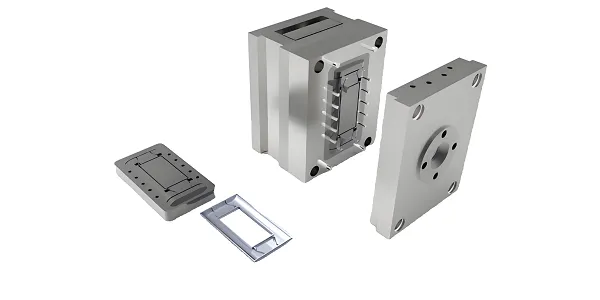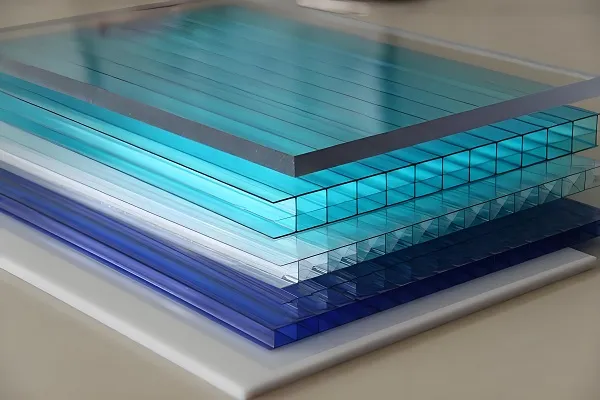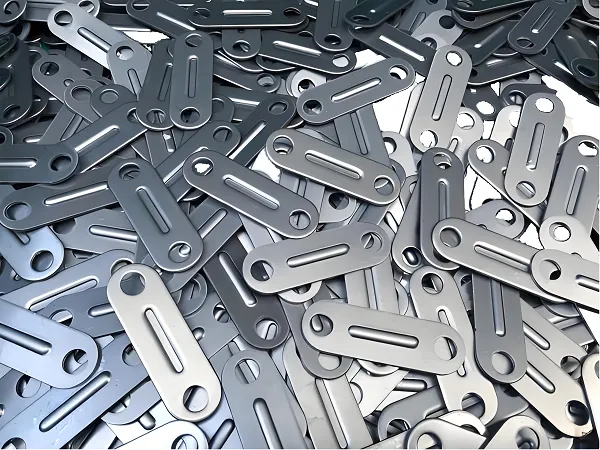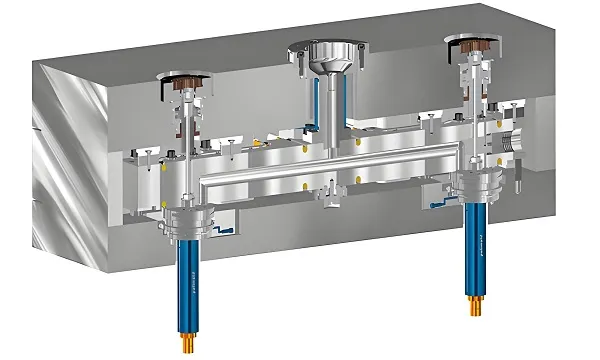As an important part of modern manufacturing industry, injection molding process is widely used in various industries, from daily necessities to high-tech products, all of which reflect the charm of injection molding process. This article will introduce several common injection molding process in detail, to help readers better understand this field, and provide valuable reference for product design and production.
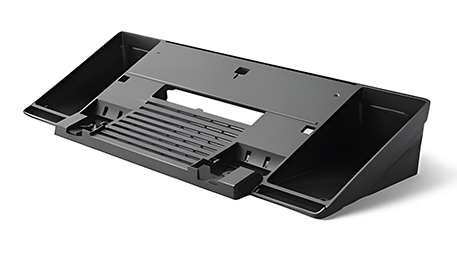
1.Metal Powder Injection Molding, MIM
When it comes to injection molding, many people first think of plastics. However, Metal Powder Injection Molding is an innovative process that combines metal powder with plastic. This process uses plastic as a carrier, the metal powder is evenly mixed and injected into the mold, and then through high-temperature sintering, the metal powder is fused to form a dense metal part.The MIM process is especially suitable for the manufacture of complex shapes, high precision requirements of metal parts, such as small gears, precision connectors, etc. It not only improves production efficiency, but also improves the efficiency of production, which is the most important factor in the production of metal parts. It not only improves the production efficiency, but also reduces the manufacturing cost, which has revolutionized the electronic products, medical devices and other industries.
2.Two-Shot Injection Molding
Two-Shot Injection Molding is a kind of injection molding process in the same mold, through two or more times, will be different colors of plastic materials combined together to form a two-color or multi-color effect of the parts. This process not only improves the aesthetics of the product, but also enhances the durability and functionality of the product. For example, some sports equipment, automotive interior parts, etc. are used in the two-color injection molding process, which not only meets the consumer demand for product appearance, but also ensures the practical performance of the product.
3.Overmolding
Overmolding is a process in which one material (usually plastic) is wrapped around the surface of another material (e.g., metal, plastic or other materials). This process is designed through the mold, so that the two materials in the injection molding process, tightly combined to form a whole. Wrap-around injection molding is widely used in personal care products and tool accessories, such as the handles of electric toothbrushes and the grips of gardening tools. It not only provides comfortable hand feeling and anti-slip performance, but also enhances the durability and aesthetics of the product.
4.Insert Molding
Insert Molding is the process of placing pre-made metal or other material parts (inserts) into molds, and then injecting plastic materials so that the plastic and the inserts are tightly bonded together. This process is especially suitable for parts that require high strength, high electrical conductivity or high thermal conductivity, such as electrical switches and connectors. Insert injection molding not only improves the performance of the product, but also simplifies the assembly process and reduces manufacturing costs.
5.Gas-Assisted Injection Molding
Gas-Assisted Injection Molding is a process that introduces high-pressure gas into the injection molding process to improve the internal structure and appearance of parts. By introducing gas, the plastic can be distributed more evenly in the mold, reducing internal stresses and improving the strength and durability of the part. At the same time, gas-assisted injection molding also reduces the amount of material used and lowers production costs. This process is especially suitable for the manufacture of large, thin-walled, complex shaped parts, such as automobile bumpers, home appliance shells and so on.
6.Thin Wall Injection Molding
Thin Wall Injection Molding is a process specially used for manufacturing plastic parts with thin wall structure. This process requires precise mold design and stable performance of the injection molding machine to ensure uniform wall thickness and precise dimensions of the parts. Thin-wall injection molding is widely used in electronic products, medical devices and other fields, such as cell phone shells, syringe barrels and so on. It can not only reduce the weight of the product, but also improve the durability and aesthetics of the product.
7.Thermoplastic Injection Molding
Thermoplastic Injection Molding is an injection molding process that uses thermoplastics as raw materials. Thermoplastics are easy to process and recycle because they can be heated and cooled repeatedly. This process is widely used in automotive, electronics, construction and other industries, such as car bumpers, wire and cable insulation. Thermoplastic injection molding not only improves production efficiency, but also reduces environmental pollution, in line with the concept of sustainable development.
8.Liquid Silicone Injection Molding, LSRM
Liquid Silicone Rubber Injection Molding (LSRM) is an injection molding process that uses liquid silicone as a raw material. Liquid silicone has excellent properties of high temperature resistance, aging resistance, chemical resistance, etc., so it is especially suitable for manufacturing highly demanding parts, such as medical devices, automotive seals, etc. The LSRM process enables liquid silicone to cure quickly in the mold by precisely controlling the injection temperature and pressure, forming parts with high precision and good performance.
9.Hot Runner Injection Molding
Hot Runner Injection Molding is an injection molding process that uses a hot runner system. The hot runner system keeps the plastic molten in the mold by heating and holding it, thus reducing material waste and injection cycle time. This process is particularly suitable for the manufacture of high-precision, high-demand parts such as optical lenses and precision electronic components. Hot runner injection molding not only improves the production efficiency, but also reduces the production cost, for the manufacturing industry has brought significant economic benefits.
10.Cold Runner Injection Molding
The opposite of hot runner injection molding is cold runner injection molding. Cold runner injection molding in the mold set up a cold runner system, so that the plastic injected into the mold after the rapid cooling and curing. This process is suitable for the manufacture of parts that do not require a high degree of precision and appearance, such as daily necessities and toys. Although the production efficiency of cold runner injection molding is relatively low, the cost is low and it is suitable for small-scale production or trial production stage.
Conclusion
Through the introduction of the above common injection molding process, we can find that the injection molding process plays a pivotal role in the modern manufacturing industry. Different injection molding processes are suitable for different materials and component requirements, providing a wealth of options for product design and production. As consumers and manufacturers, understanding the characteristics and application scope of these injection molding processes will help us make more informed decisions and promote the sustainable development of the manufacturing industry.

